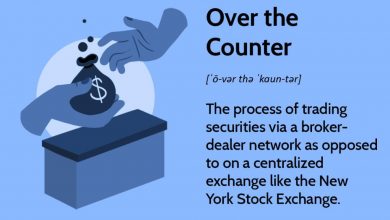The Impact of Intellectual Property Theft on Businesses

The Impact of Intellectual Property Theft on Businesses
Understanding Intellectual Property Theft
What is Intellectual Property Theft?
Intellectual Property (IP) theft refers to the unauthorized use, reproduction, or distribution of someone else’s original ideas, inventions, creative works, or trade secrets. It can occur in various forms, including copyright infringement, patent infringement, trademark counterfeiting, and trade secret misappropriation.
Why is Intellectual Property Theft a Concern for Businesses?
Intellectual Property theft poses significant risks and challenges for businesses. Here are a few reasons why it’s a major concern:
1. Financial Loss: Illegitimate use or reproduction of a company’s intellectual property can result in significant financial losses. Counterfeit products, copied designs, or pirated content can lead to a decrease in sales, erosion of market share, and a decline in brand reputation.
2. Competitive Disadvantage: When others steal and exploit a business’s intellectual property, they gain an unfair advantage over the original creator. This can impede innovation and stifle the growth of the business, putting it at a disadvantage in the market.
3. Legal Consequences: Intellectual property theft is a violation of the rights granted to the original creator. Businesses that engage in such practices can face legal action, including lawsuits, penalties, and damage awards. These legal battles can drain a company’s resources and tarnish its reputation.
The Widespread Impact of Intellectual Property Theft
How Does Intellectual Property Theft Affect Different Industries?
The impact of intellectual property theft can be felt across various industries, including:
1. Technology and Software: Unauthorized reproduction and distribution of software and digital products can result in revenue loss and decreased innovation in the tech sector. This theft prevents companies from recouping their investments in research and development.
2. Entertainment and Media: Piracy of music, movies, and books not only affects the revenue of artists and creators but also disrupts the creative industries as a whole. It undermines the incentive for content creators to produce original works.
3. Manufacturing and Fashion: Counterfeit products, such as fake luxury goods, not only harm the brand’s reputation but also pose health and safety risks to consumers. This type of intellectual property theft affects both manufacturers and consumers, undermining trust and consumer confidence.
Protecting Intellectual Property: FAQs
How can businesses protect their intellectual property?
To safeguard their intellectual property, businesses can take the following steps:
1. Register Your Intellectual Property: Obtain copyrights, trademarks, or patents to establish legal ownership and protection for your intangible assets.
2. Implement Security Measures: Secure sensitive data, designs, and trade secrets by using firewalls, encryption, non-disclosure agreements, and other security measures.
3. Monitor and Enforce: Regularly monitor the market for any infringement or unauthorized use of your intellectual property. If infringement occurs, take appropriate measures to protect your rights, such as issuing cease and desist letters or pursuing legal action.
What can individuals do to help prevent intellectual property theft?
Individuals can play their part in preventing intellectual property theft by:
1. Respecting Copyrights: Avoid downloading or sharing copyrighted content illegally. Always purchase or obtain authorized copies from legitimate sources.
2. Reporting Suspected Piracy: If you come across counterfeit or pirated products, report them to the relevant authorities or the intellectual property rights holder.
3. Supporting Legitimate Businesses: Choose to support companies and brands that prioritize innovation and respect intellectual property rights.
In conclusion, intellectual property theft poses significant challenges to businesses across different industries. By understanding the risks and taking necessary precautions, businesses can safeguard their intellectual property and maintain a competitive advantage in the market. At the same time, individuals can contribute to the prevention of intellectual property theft by respecting copyrights and reporting any suspected infringements they come across.



